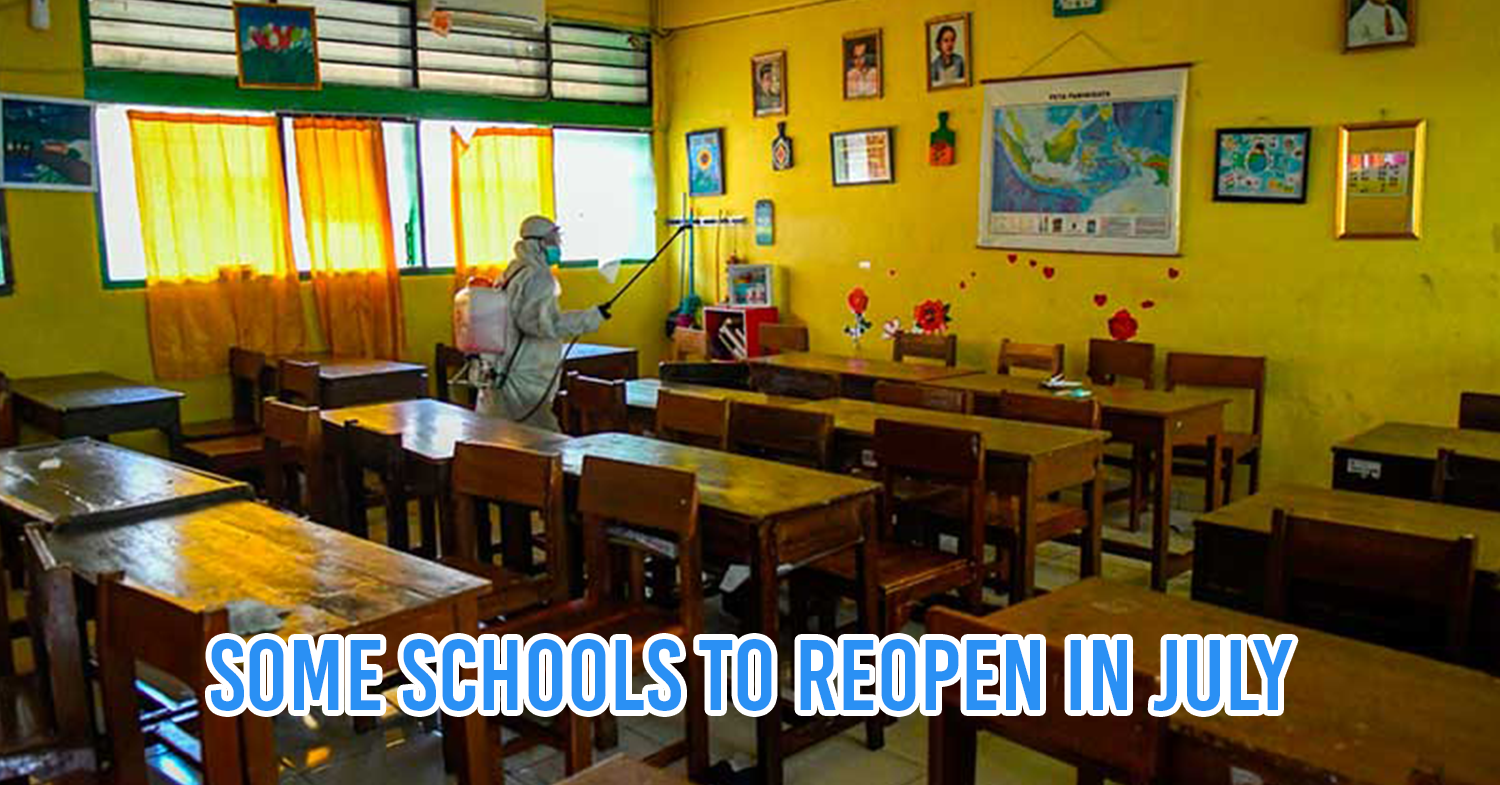Indonesian schools in COVID-19 green zones to reopen in July
The COVID-19 pandemic hasn’t only made a big change in the daily schedule of workers, but also pupils across Indonesia. As with many other countries around the world, Indonesian schools have also turned to e-learning platforms.
Seeing as how the pandemic hasn’t blown over yet, most children and teens in the country may still have to rely on the Internet to get their studies done. But authorities have recently announced that junior high schools and high schools located in areas declared as COVID-19 “green zones” will reopen with a shift system in July, which coincides with the beginning of the 2020/2021 academic year.
Schools will reopen with a shift system
Reopening schools certainly involves many risks, so all parties involved – from regional authorities to students and parents – must be fully prepared. In the first phase, only junior high schools and high schools located in green zones will be permitted to reopen.
Elementary schools and kindergartens are slotted to reopen two months and four months later respectively.
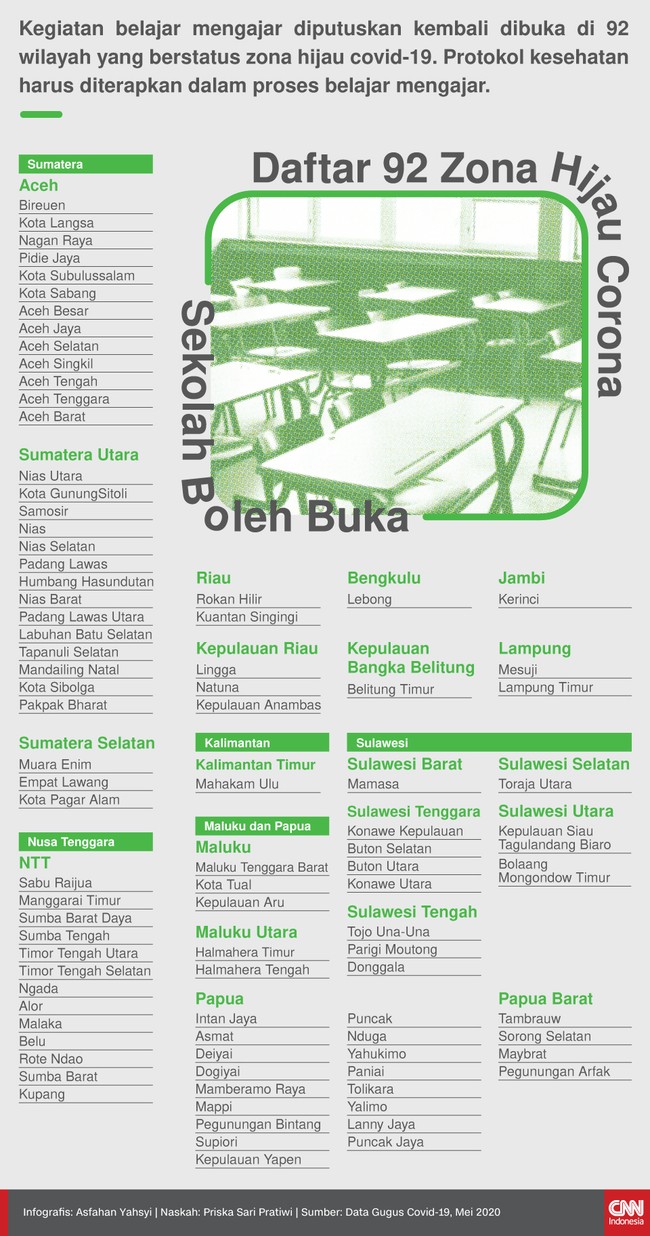
Image credit: CNN Indonesia
According to an infographic released by CNN Indonesia on 17th June 2020, there are 92 green zones in Indonesia, all of them in provinces outside of Java.
Schools that are scheduled to welcome students in July must follow strict protocols. In addition to regular disinfection, each classroom has to operate at 50 percent capacity, meaning that a shift system where students are split into groups and take turns to use each room will be in place until further notice.
All public areas within the school such as canteens and sport fields will be closed two months into the planned school arrangement.
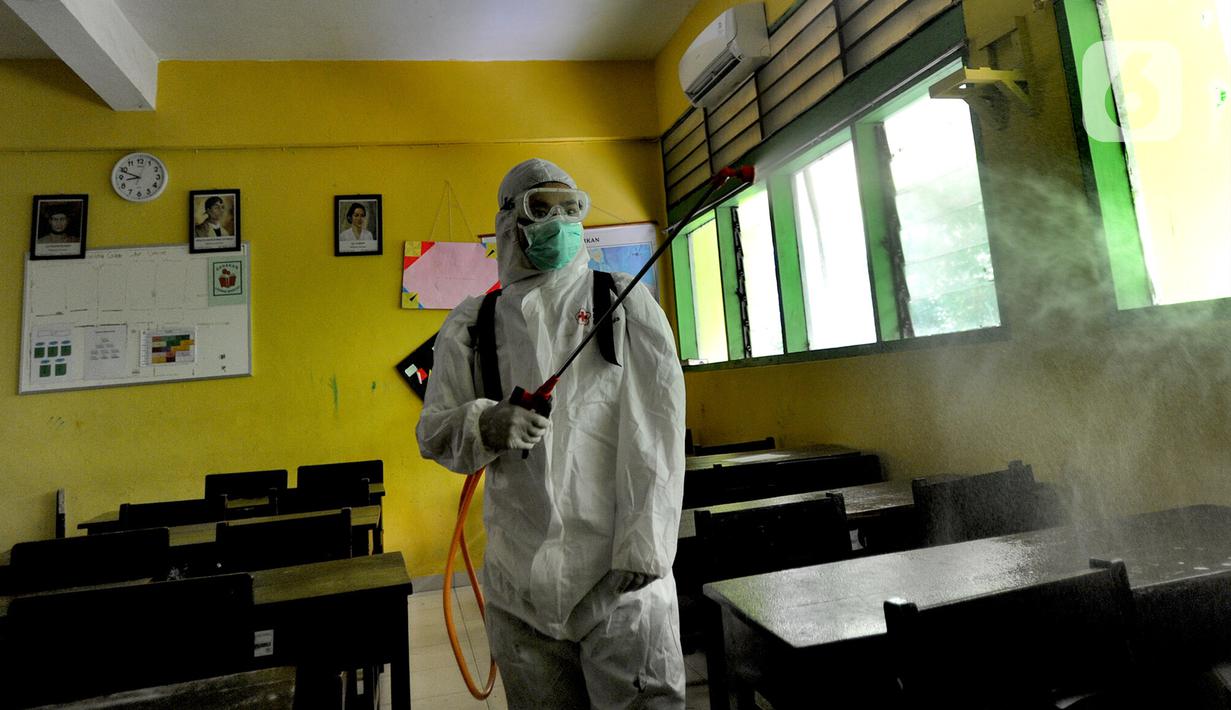 Image credit: Liputan6
Image credit: Liputan6
However, Indonesia’s Minister of Education and Culture Nadiem Makarim added that even if schools reopen, students are allowed to opt for e-learning at home if they or their parents so wish, as reported by The Jakarta Post.
The challenges of learning from home
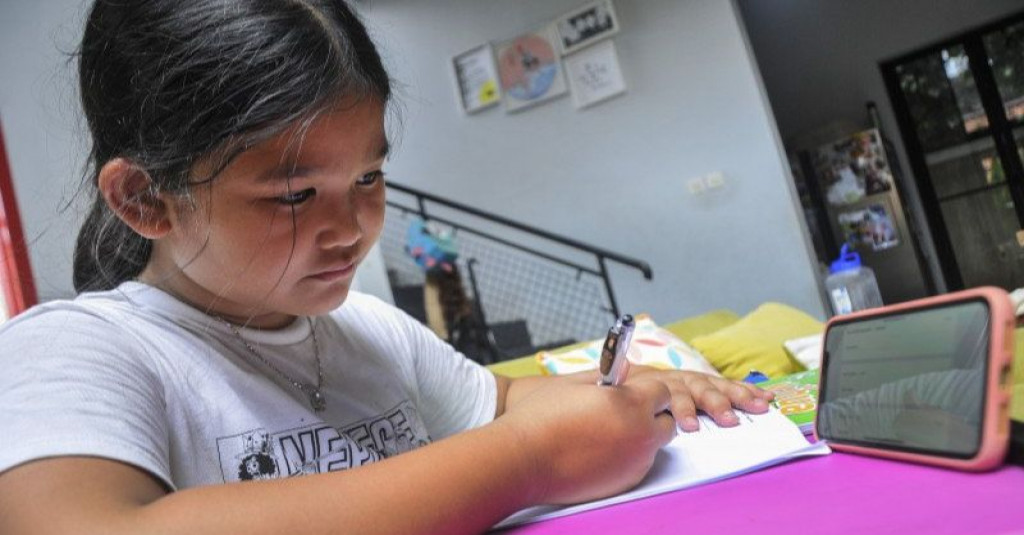 Image credit: Pantau.com
Image credit: Pantau.com
While e-platforms can help flatten the curve of disease transmission, learning and teaching online can be challenging. In addition to a lack of internet connection and access to adequate gadgets for many Indonesian families, being deprived of direct social interaction – which is a huge part of life at school – may also have a negative impact on children and teens.
Many teachers, who are also new to e-learning, also need time to adapt to the new platforms.
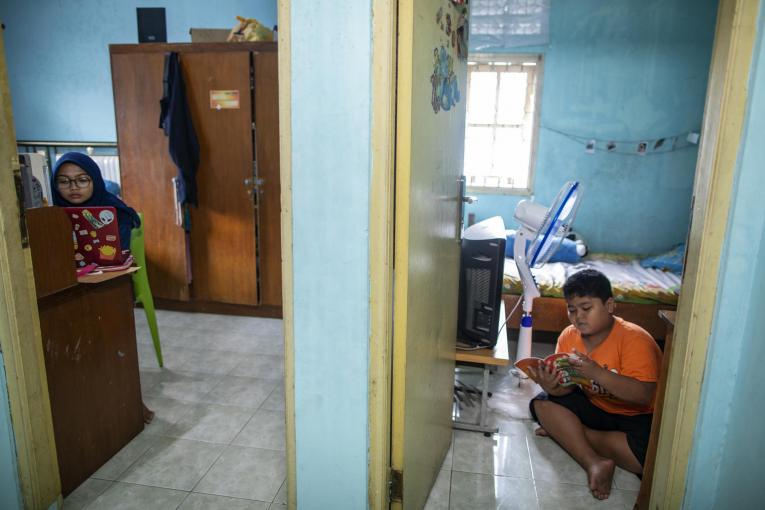
Image credit: UNICEF
According to a survey conducted by UNICEF that lasted from mid-May to early-June, roughly two-thirds of 4,000 respondents said they don’t feel comfortable learning at home, while up to 87%t of the respondents expressed their excitement to go back to school.
Most respondents don’t mind having to wear masks and practice physical distancing, which is crucial in packed school spaces.
It remains to be seen whether e-learning platforms will be further developed once all school activities are permitted to go back to pre-COVID-19 arrangements.
Prepare for the transition for schools in COVID-19 green zones
For now, it is important that schools in COVID-19 green zones prepare proper health and hygiene protocols so that students and all staff will be safe. Also stay up-to-date with the latest COVID-19 news to help you make decisions on carrying out daily activities safely.
Also read:
- Jakarta online ojek can get back to transporting passengers
- Jakartans start riding bikes during COVID-19 transition phase
- Indonesian fashion brands release trendy reusable face masks
Cover image adapted from: Bisnis.com
Enjoying The Smart Local Indonesia? Follow us on Facebook, Instagram, and Twitter for more stories like this.
